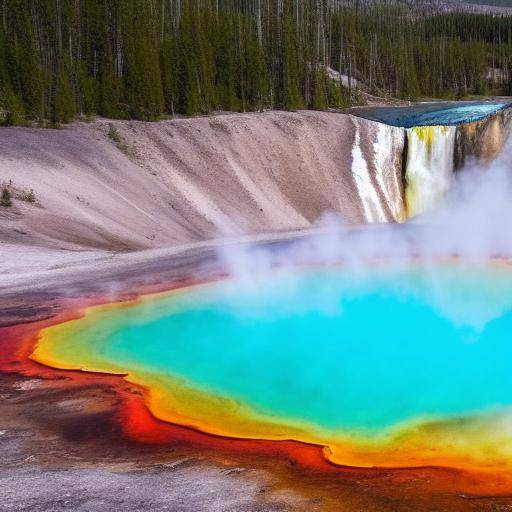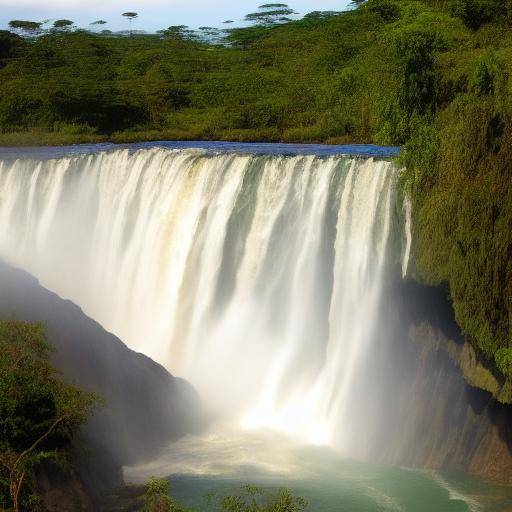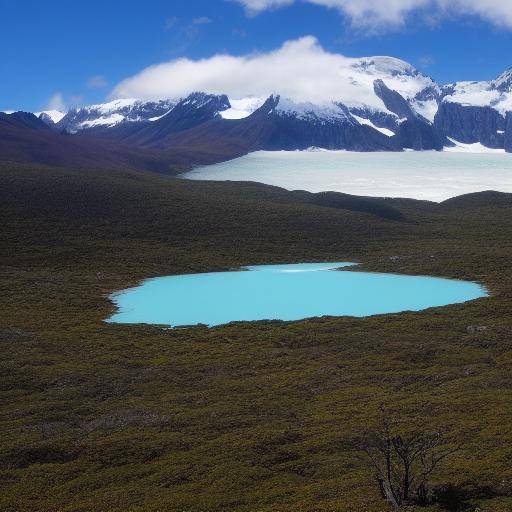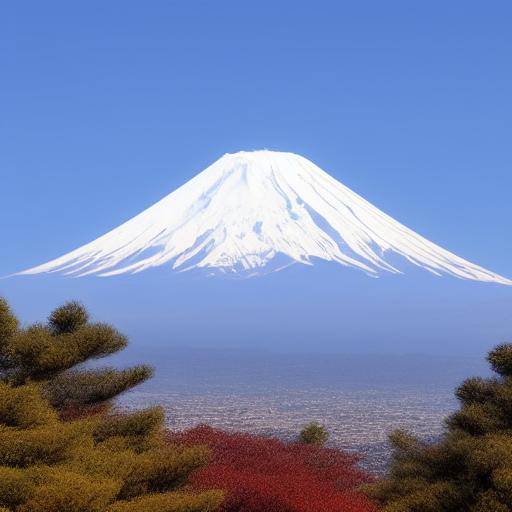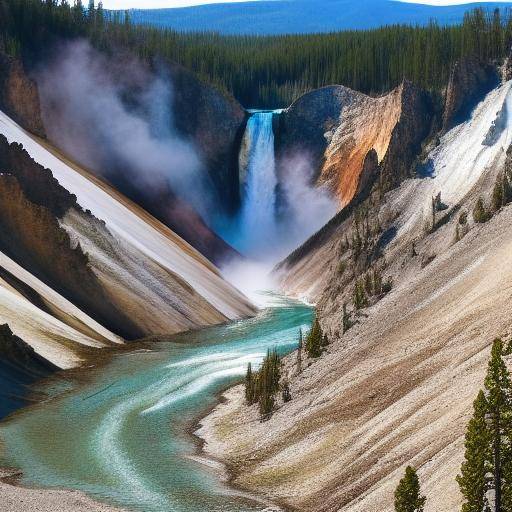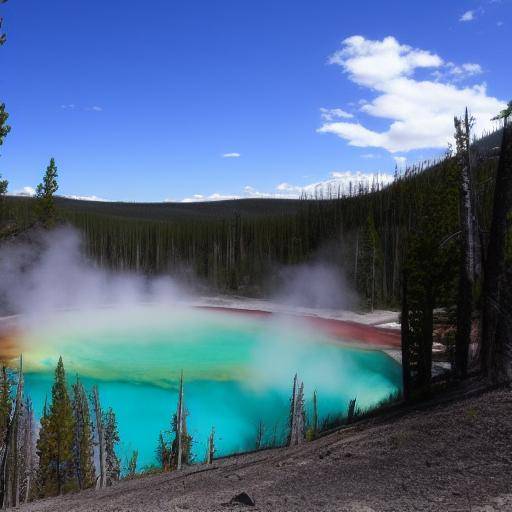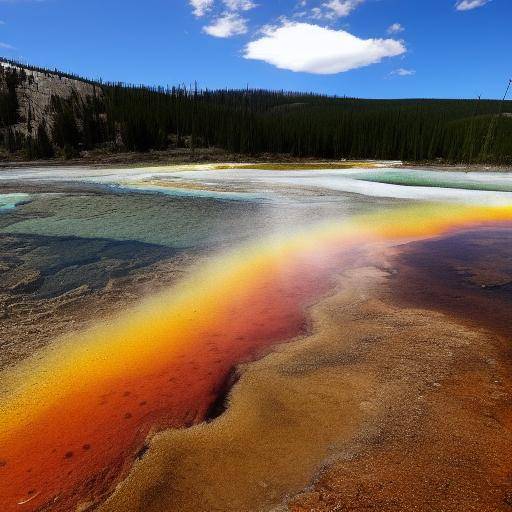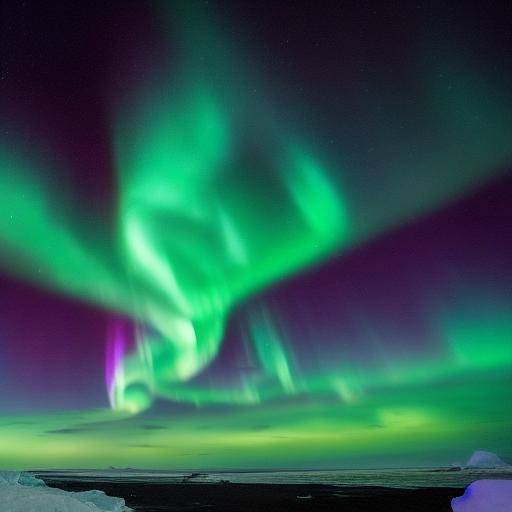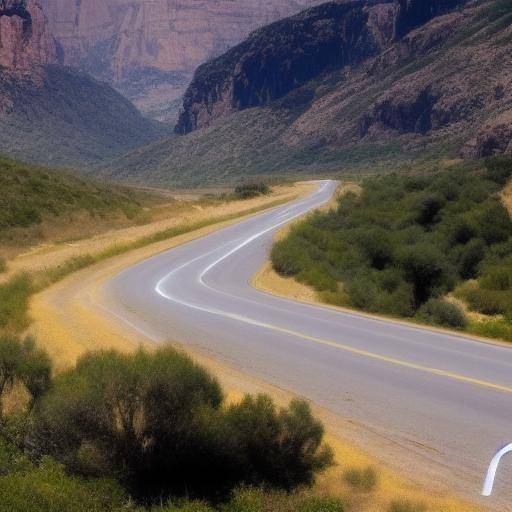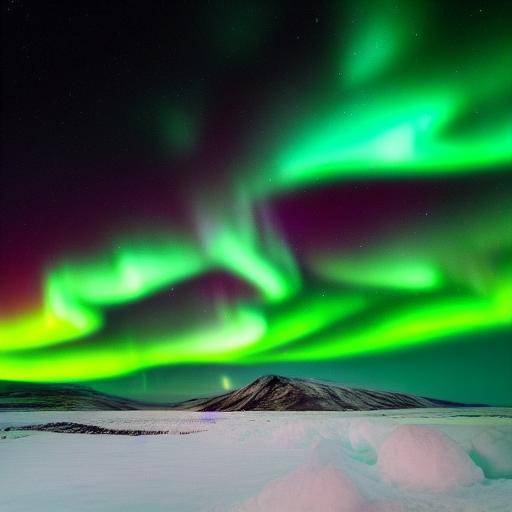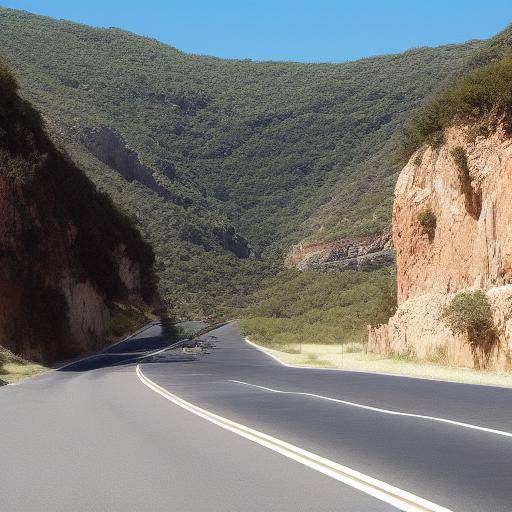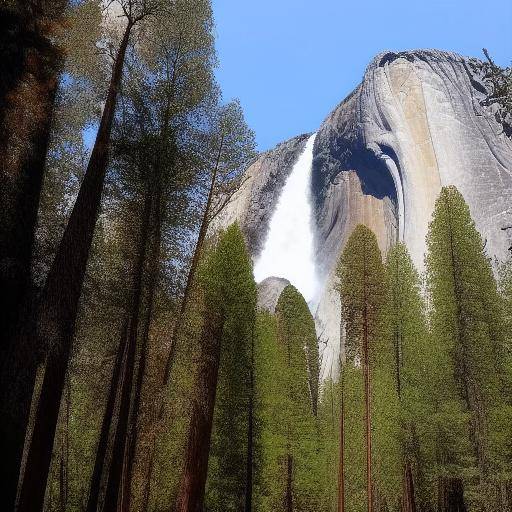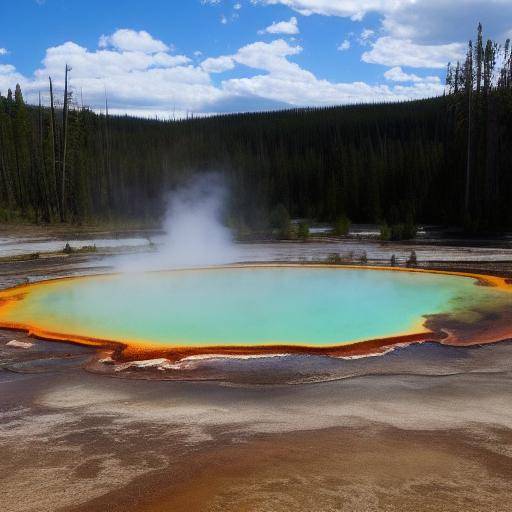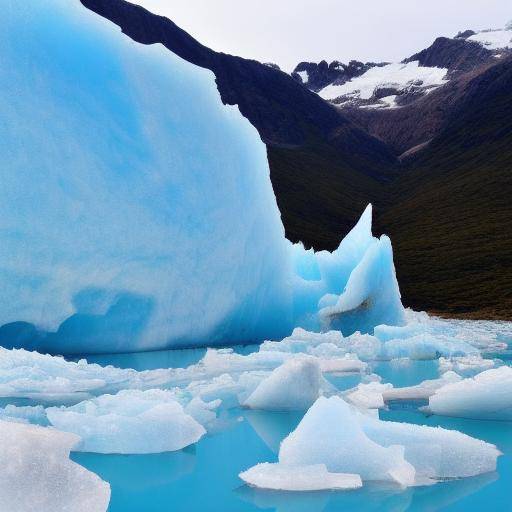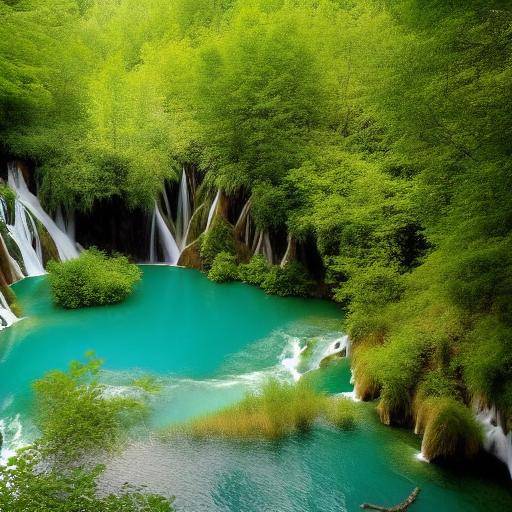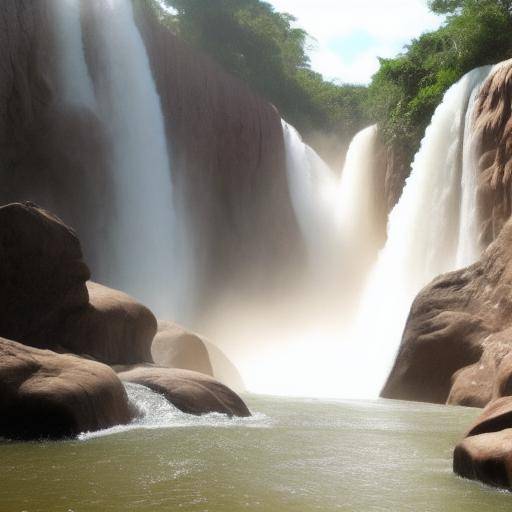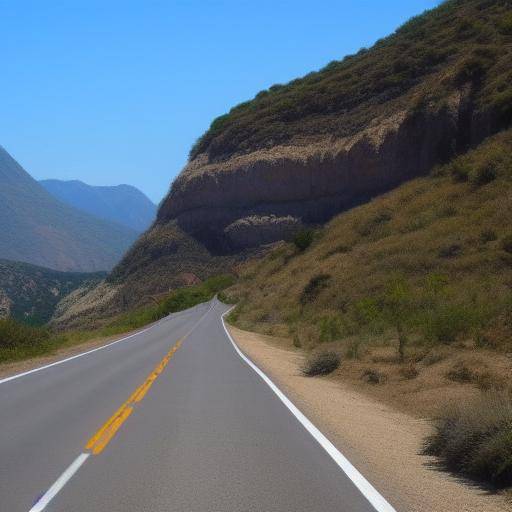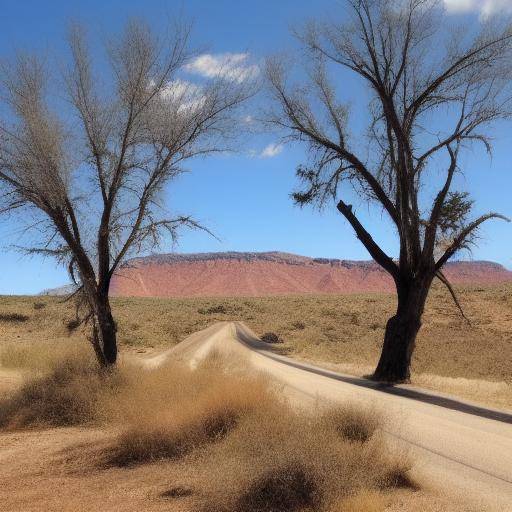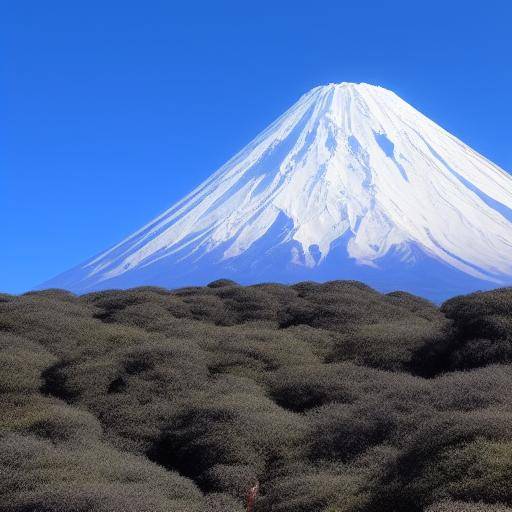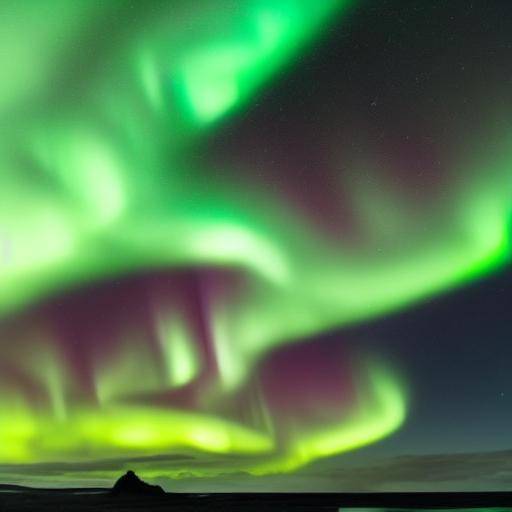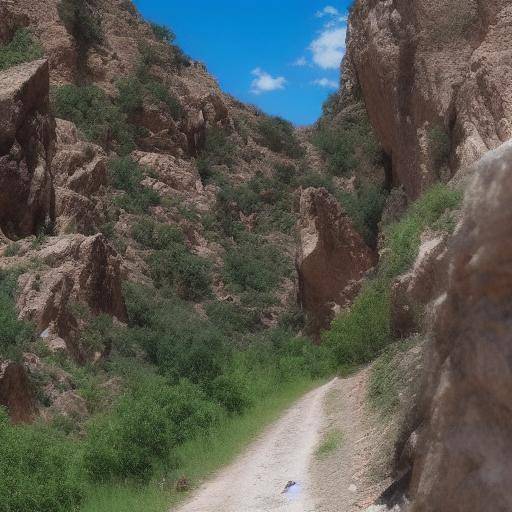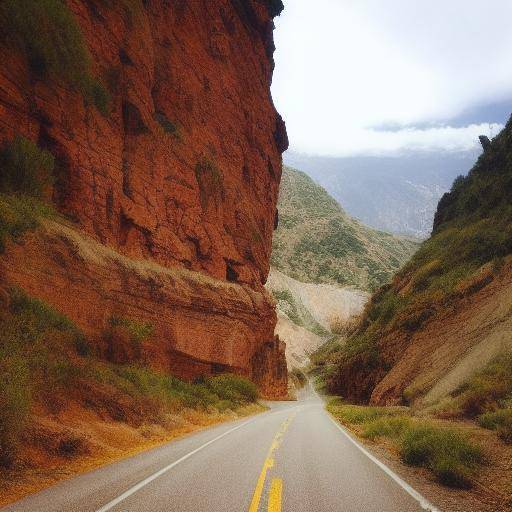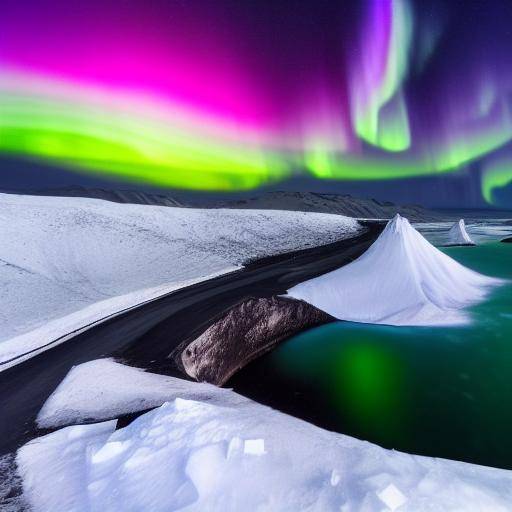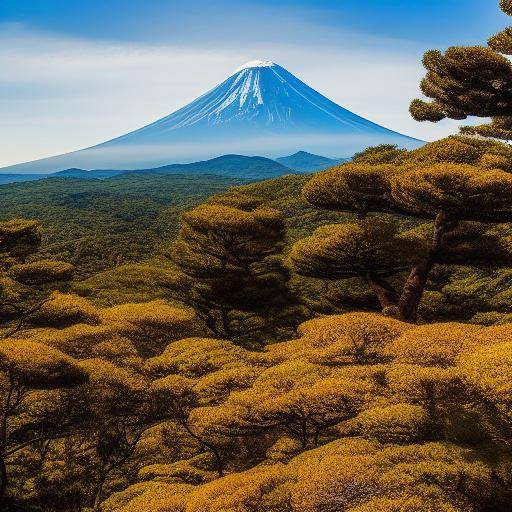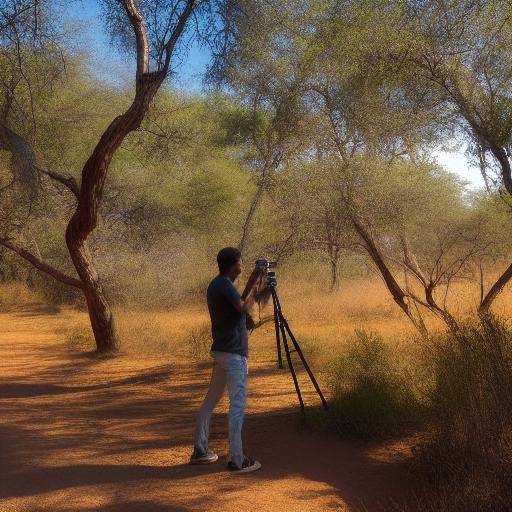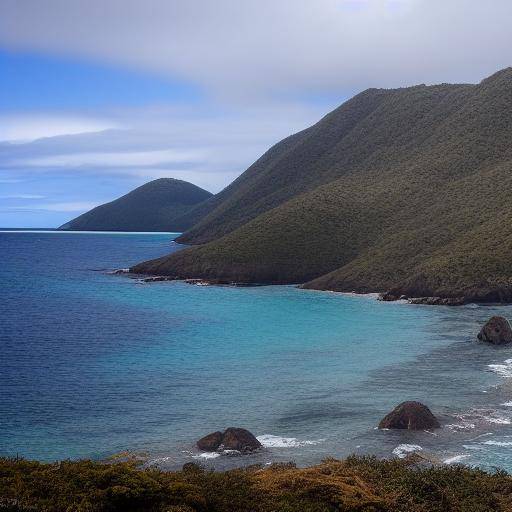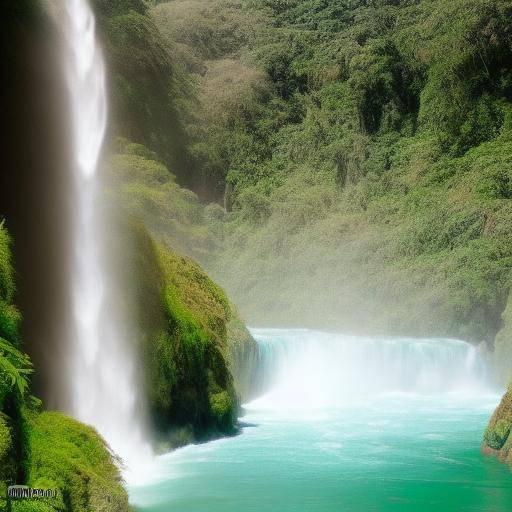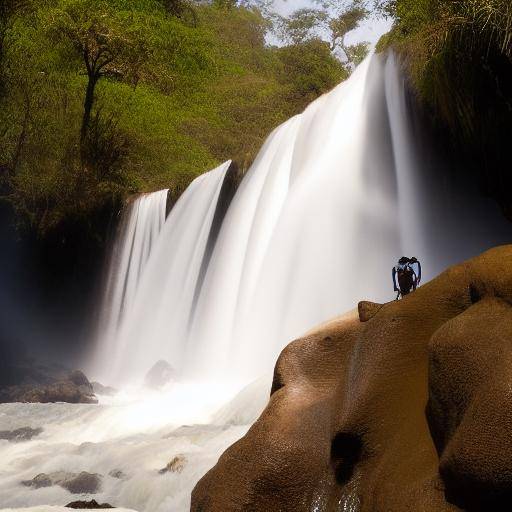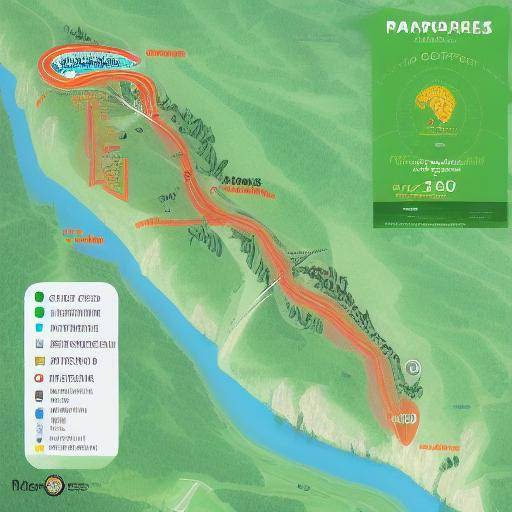
The National Parks of the American West offer an incomparable experience of connection with nature. From majestic cannons to imposing mountain peaks, this region hosts natural wonders that attract visitors from around the world. This article explores the beauty and diversity of U.S. national parks, as well as their importance and benefits to nature lovers. From history and background to future trends and practical advice, we will present everything you need to know about the exciting "Ruta de los Parque Nacionals del Oeste Americano".
Introduction
The American West National Parks Route is an epic journey that leads the adventurers through some of the most impressive and emblematic landscapes in the United States. From the Grand Canyon to the Yellowstone National Park, this region offers a unique opportunity to marvel at the greatness of nature. This tour promises unforgettable adventures, wildlife encounters and breathless landscapes. In this article, we will immerse you in the history, beauty and importance of these parks, as well as in practical advice to make the most of this experience.
History and Background
The National Parks of the American West have their roots in the vision of preserving and protecting the extraordinary landscapes and ecosystems of the region. Over the years, visionary leaders and defenders of nature have played a crucial role in the creation and expansion of these parks. From the establishment of the first national park to the historical milestones that shaped its evolution, this section traces the historical journey of these natural treasures.
Origins and Historical Significance
The idea of preserving areas of exceptional natural beauty for future generations has its roots in the establishment of the Yellowstone National Park in 1872, the first of its kind in the world. This milestone marked an important precedent in the conservation of nature, laying the foundations for the protection of natural areas around the world. The creation of Yellowstone was a turning point, inspired by the need to protect iconic landscapes and unique ecosystems of exploitation and development.
Expansion and Development of National Parks
Since the establishment of Yellowstone, the national park system has grown significantly. Figures like John Muir, a naturalist and passionate advocate, played a fundamental role in creating additional parks such as Yosemite and Sequoia. The Act of National Parks of 1916, which created the Service of National Parks, formalized the protection and management of these spaces, ensuring their conservation for future generations.
Parks Featured on the American West Route
Grand Canyon
The Grand Canyon is one of the most emblematic destinations in the United States, known for its stunning views and vast landscape. Formed by millions of years of erosion, this canyon offers a fascinating view of Earth's geological history.
Yosemite National Park
Famous for its majestic giant waterfalls and impressive waterfalls, Yosemite is a paradise for nature lovers and photographers. The Yosemite Valley and the iconic The Captain are just some of the wonders you'll find here.
Yellowstone National Park
The world's first national park, Yellowstone, is known for its geysers and thermal springs, as well as its abundant wildlife. It is a place where visitors can experience nature in its purest and wildest form.
Zion National Park
With its spectacular red rock formations and deep canyons, Zion offers a unique experience of adventure and exploration. Hiking trails like Angel's Landing challenge adventurers to conquer impressive heights.
Importance and Benefits of National Parks
National parks not only protect impressive landscapes, but also play a crucial role in the conservation of biodiversity and ecosystems. They provide vital habitats for a wide variety of species and offer visitors the opportunity to connect with nature, which has significant benefits for mental and physical health.
Conservation of Biodiversity
The preservation of these spaces ensures the protection of numerous animal and plant species, some of which are in danger of extinction. National parks act as safe havens where wildlife can prosper without threats of urban development and exploitation.
Education and Environmental Awareness
National parks serve as educational centers where visitors can learn about the importance of conservation and human impact on the environment. Educational programs and activities help to raise awareness and appreciation for nature.
Future trends and challenges
The future of national parks faces several challenges, including the threat of climate change and increased tourism. It is crucial to find a balance between allowing visitors to enjoy these spaces and protecting them from damage. Initiatives such as sustainable tourism and adaptive management are essential to ensure that these natural treasures are preserved for future generations.
Climate Change
Climate change poses a significant threat to national park ecosystems. Alterations in climate patterns can affect flora and fauna, as well as the landscapes that make these parks unique places. It is imperative to implement adaptation and mitigation strategies to address these challenges.
Sustainable tourism
The growing number of visitors to national parks poses management and conservation challenges. Sustainable tourism seeks to minimize environmental impact and ensure that parks can be enjoyed by future generations without compromising their ecological integrity.
Practical Tips for Your Trip
To make the most of your adventure through the National Park Route of the American West, here are some practical tips:
- Planning: Investigate and plan your itinerary in advance, taking into account the best times to visit and the main attractions of each park.
- Suitable equipment: Make sure you wear the right equipment, including comfortable clothing and footwear, as well as essential supplies such as water and food.
- Respect for Nature: It follows the rules and regulations of each park, respects wildlife and avoids leaving trace to keep these pristine places.
- Security: Learn about the weather conditions and the possible risks of each park, and take the necessary precautions to ensure your safety.
Conclusion
The Route of American West National Parks is a unique experience that offers a deep connection to nature and a appreciation renewed by the beauty of our planet. Through history, conservation and exploration, these parks continue to inspire millions of people to protect and value the natural environment. Prepare for an unforgettable trip full of natural wonders and exciting adventures in some of the most stunning landscapes in the United States.

